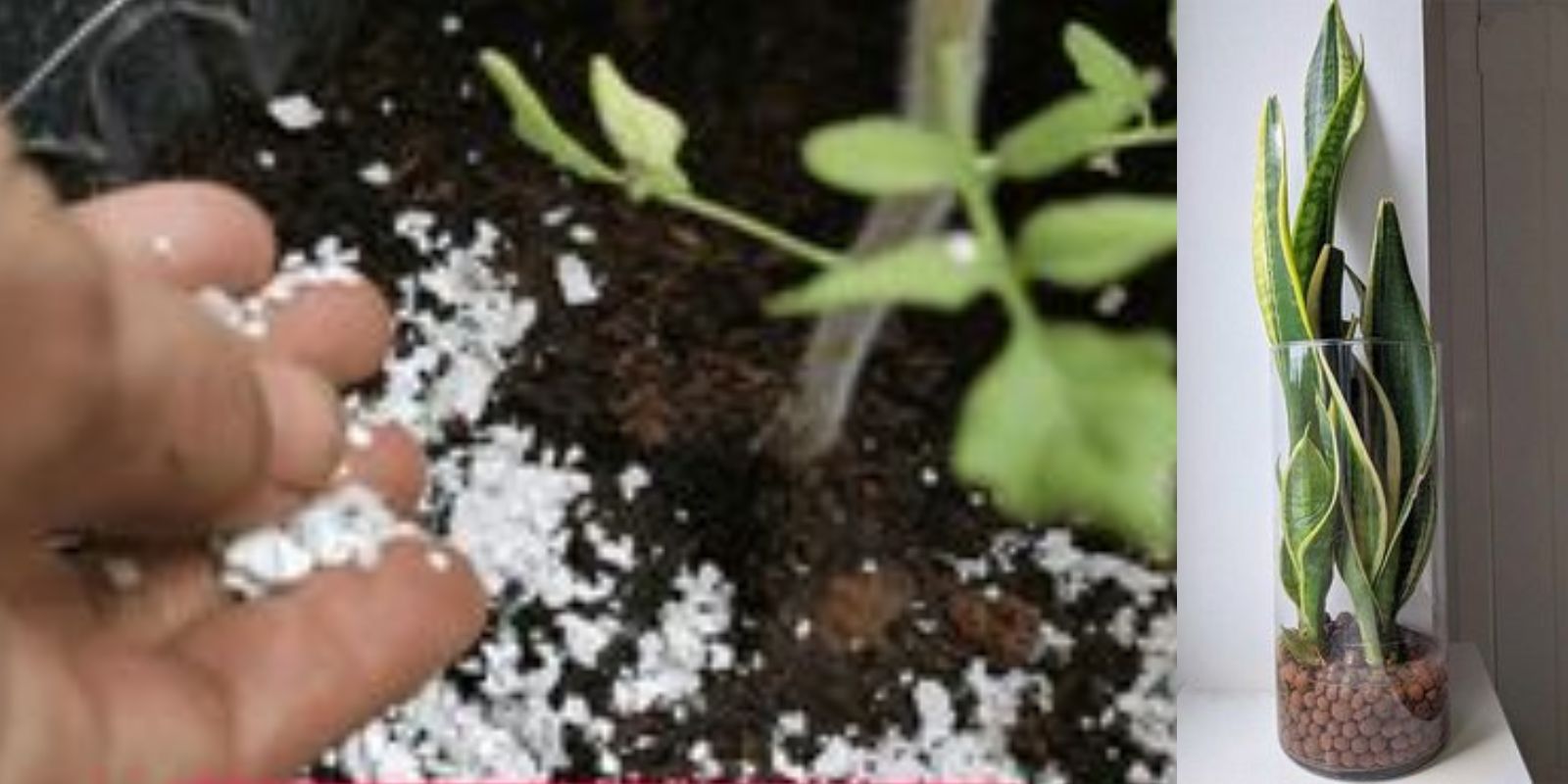Indoor plants bring life and beauty to any space, but achieving consistent flowering can be a challenge. Natural fertilizers offer a sustainable and effective solution to nourish indoor plants, encouraging robust growth and prolonged blooming periods. This article delves into the benefits of natural fertilizers, practical methods for application, and tips to maximize flowering for a thriving indoor garden.
Introduction
Indoor gardening enthusiasts often face the dilemma of maintaining healthy, flowering plants throughout the year. While adequate light and watering are essential, providing the right nutrients is equally crucial for sustained bloom production. Natural fertilizers, derived from organic sources, provide a balanced nutrient profile that supports plant growth without the risk of chemical buildup or environmental harm.
Understanding Indoor Plant Needs
Indoor plants require specific care to thrive in a controlled environment:
- Light Requirements: Most indoor plants thrive in bright, indirect light conditions. Insufficient light can hinder flowering.
- Watering: Consistent watering practices ensure plants receive adequate moisture without waterlogging the roots.
- Nutrient Supplementation: Indoor plants benefit from regular fertilization to replenish essential nutrients depleted from potting mixes over time.
Benefits of Natural Fertilizers
Natural fertilizers offer several advantages over synthetic options:
- Gentle on Plants: Organic nutrients are released slowly, reducing the risk of fertilizer burn and promoting gradual, sustained growth.
- Improves Soil Health: Organic matter enriches the soil structure, enhances microbial activity, and improves water retention.
- Environmentally Friendly: Reduces chemical runoff and supports a balanced ecosystem in soil and water systems.
- Cost-Effective: Many natural fertilizers can be sourced or made at home, minimizing expenses associated with commercial products.
Types of Natural Fertilizers for Indoor Plants
1. Compost Tea
Compost tea is a nutrient-rich liquid fertilizer made by steeping compost in water. It enhances soil fertility and promotes microbial activity beneficial for plant health:
- Brewing Process: Place compost in a porous bag or container and steep in water for several days.
- Application: Use as a soil drench or foliar spray to deliver nutrients directly to plant roots and leaves.
- Benefits: Boosts nutrient uptake, improves soil structure, and stimulates vigorous growth and flowering.
2. Seaweed Extract
Seaweed extract is derived from marine algae and is rich in trace minerals, amino acids, and growth-promoting hormones:
- Preparation: Dilute seaweed extract according to package instructions for optimal nutrient concentration.
- Application: Apply as a soil drench or foliar spray to enhance plant resilience, stimulate flowering, and improve overall plant vigor.
- Benefits: Enhances nutrient absorption, increases plant tolerance to stress, and supports healthy root development.
3. Manure-Based Fertilizers
Aged manure from herbivorous animals like cows or horses provides a balanced blend of nitrogen, phosphorus, and potassium:
- Application: Apply aged manure sparingly to avoid over-fertilization, incorporating it into the soil surface around plants.
- Benefits: Boosts soil fertility, promotes strong root growth, and enhances flowering and fruiting.
Steps to Enhance Indoor Plant Blooms with Natural Fertilizer
- Selecting the Right Fertilizer: Choose a natural fertilizer suited to your indoor plant’s needs, considering its nutrient requirements and growth stage.
- Preparing the Fertilizer Solution: Follow instructions to prepare the fertilizer solution, ensuring proper dilution to avoid nutrient imbalances.
- Application Method: Apply the natural fertilizer evenly to the soil surface or as a foliar spray, depending on the fertilizer type and plant preferences.
- Monitoring Growth and Flowering: Observe your indoor plants for signs of improved growth, increased flowering, and overall health.
- Maintaining Regularity: Maintain a fertilization schedule suited to your plant’s growth cycle, typically every 4-6 weeks during the active growing season.
Tips for Successful Indoor Plant Fertilization
- Consistency is Key: Establish a regular fertilization routine to maintain balanced nutrient levels and support continuous bloom production.
- Adjust Based on Plant Response: Monitor plant growth and adjust fertilization practices based on visual cues such as leaf color, growth rate, and flowering patterns.
- Avoid Over-Fertilization: Use natural fertilizers sparingly to prevent nutrient buildup and potential harm to plant roots.
- Supplement with Micronutrients: Occasionally supplement natural fertilizers with micronutrient-rich amendments like bone meal or Epsom salts to address specific deficiencies.
Troubleshooting Common Issues
- Yellowing Leaves: Indicates nutrient deficiency, particularly nitrogen. Apply nitrogen-rich organic fertilizers like compost tea to promote healthy foliage.
- Stunted Growth: Poor root development may require phosphorus-rich fertilizers such as bone meal to stimulate root growth and flowering.
- Lack of Flowering: Insufficient light or inadequate nutrient availability may inhibit flowering. Adjust lighting and fertilization practices accordingly.
Conclusion
Natural fertilizers offer a holistic approach to enhancing indoor plant blooms, supporting long-term plant health, and minimizing environmental impact. By understanding the nutrient requirements of indoor plants and implementing organic fertilization practices, you can cultivate a flourishing indoor garden filled with vibrant blooms year-round. Experiment with different natural fertilizers, observe plant responses, and enjoy the satisfaction of nurturing healthy, beautiful plants in your indoor space.
This article provides an in-depth exploration of using natural fertilizers to promote continuous flowering in indoor plants, offering practical guidance and insights for indoor gardening enthusiasts.

